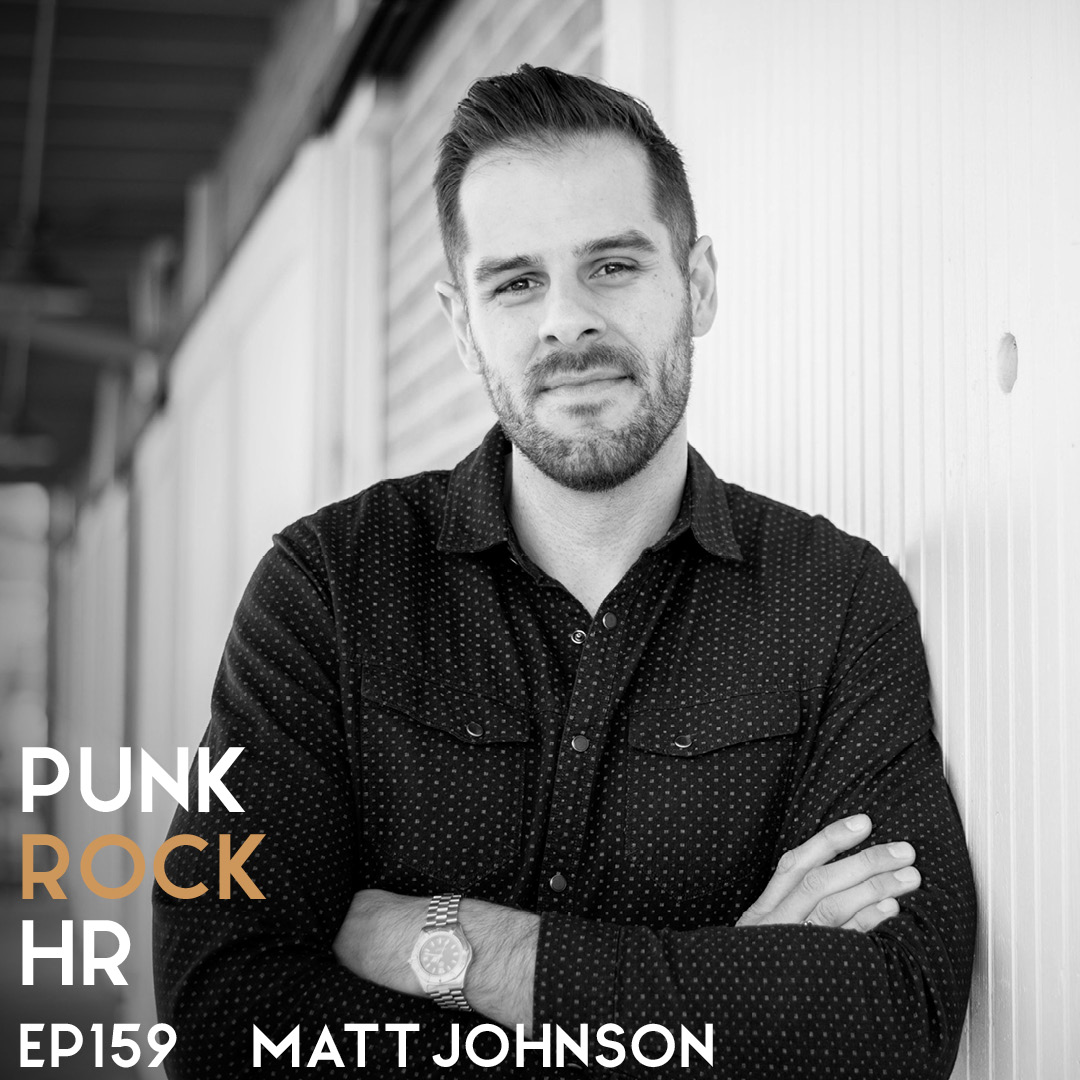
My guest this week is Matt Johnson, a communications and change management expert. His story is rich: He’s toured in a punk rock band, worked at the Pentagon during the Obama administration, and is now head of communications for Markel International. He’s also the author of a fantastic book, “Work Songs,” which provides a detailed look at how our ancestors fought boredom, built connections and found meaning in the work that they did through songs and storytelling.
Matt argues that song is something that is all but absent from our modern work lives. He says that in order for people to find meaning, “there needs to be a fundamental appreciation of the transformative power of story.” Listen to our conversation about the value that songs and storytelling provide, how they relate to the idea of perseverance, and the ways that we can tell an effective story within the corporate world to give us work songs for the modern era.
Also, be sure to check out my free offer to try LinkedIn Learning for 30 days to see my courses on “How to Proactively Manage Conflict as an Employee,” “Mastering Self-Leadership” or any of the great courses LinkedIn Learning has to offer!
The Transformative Power of Story
In “Work Songs,” Matt covers powerful, inspiring stories about the lives of figures such as Nellie Bly, who was one of the first female investigative journalists, Bruce Springsteen and boxer Sonny Liston. Matt also investigates the role that song has provided for workers throughout the ages. “For as long as we’ve had language as a species, we’ve actually had music for the work we do,” he says. This ranges from sea shanties to field songs sung under the blistering sun to the songs sung to the rhythm of machinery by people in the industrial age.
Matt says, “We’ve actually, for a long time, had music that actually created meaning — not just unify the sort of actions in the job of the people, but it actually gave them a bigger context for the work they were doing. And what’s interesting is, if you look at the evolution of that, modern work absolutely has no song.” Following this, he says that it’s important to realize the true value that song has historically given workers and how we can use that knowledge to create a shared story to live by in our companies.
How Story Creates a Sense of Perseverance
Central to the examination of the role of the work song is the idea that having a shared story cultivates perseverance. “In relation to perseverance, you can see that people were really struggling in the Gilded Age and the Industrial Revolution, because they weren’t used to the idea that you had to devote your entire life to work and not really get that much in return,” Matt explains.
He talks about William Gannett, a Unitarian minister who wrote a pamphlet titled “Blessed Be the Drudgery.” Its intent was to give meaning to industrial workers by telling them the path to liberation could be found in having rote and routine jobs that allowed for more mental space to pursue other interests.
Matt investigated why a pamphlet that essentially told workers to “suffer more” was such a hit. He realized that “this comes back to a famous quote from Viktor Frankl, who once said that suffering ceases to be suffering at the moment you find meaning. This pamphlet actually created meaning [for people]. And that’s really what they were hungry for some bigger, better context for what they were doing.”
This is why the creation of a modern story for corporate work is absolutely essential, and why we’ll continue to experience burnout if we don’t have a song to sing. “If you don’t have meaning, and if you don’t create meaning for your people, then there will be very little hope of having any sense of perseverance,” according to Matt.
The Elements of a Great Story
So now that we know the importance of creating a song for the modern era of work, how do we create one that effectively rallies employees and gives them a sense of meaning? Matt outlined the key elements of creating a timeless story that works just as well for a company’s mission statement as it has for classic stories we’re all familiar with:
- Identify a protagonist. In a corporate setting, this could be “an individual leader, it can be a team, it can be the entire company,” Matt says.
- Describe the journey. Lay out the goals that you are striving to achieve as a group or as an organization and what it will take to get there.
- Emphasize the points of transition. Talk about the challenges faced during the journey and how they’re overcome. “Because we’re fundamentally an optimistic species … we like to see hard times and people rise from it because it gives us hope that we might, too.”
Creating such a story for the workplace gives workers a sense of unity and purpose if done in an authentic and meaningful way. According to Matt, “I think if you look at storytelling in that lens and [don’t] limit it to some machine that you’re going to use to drive corporate output, then you will be authentic to what it could be at your organization.“
People in This Episode
- Matt Johnson: LinkedIn, Book Trailer, Book